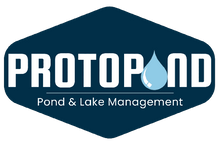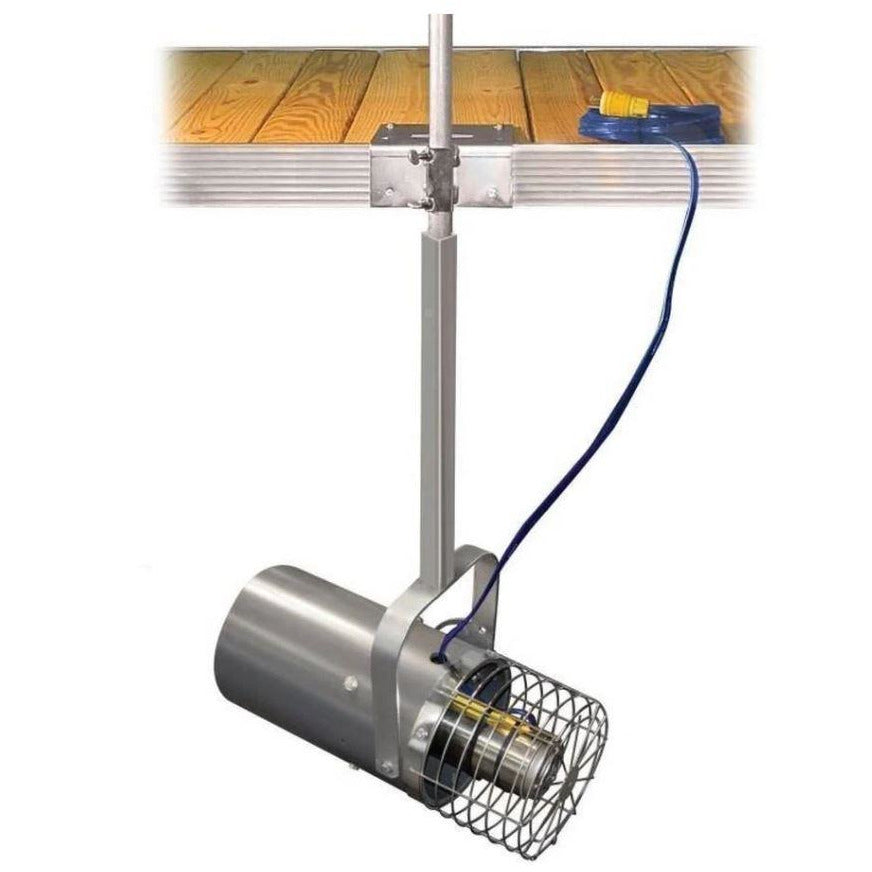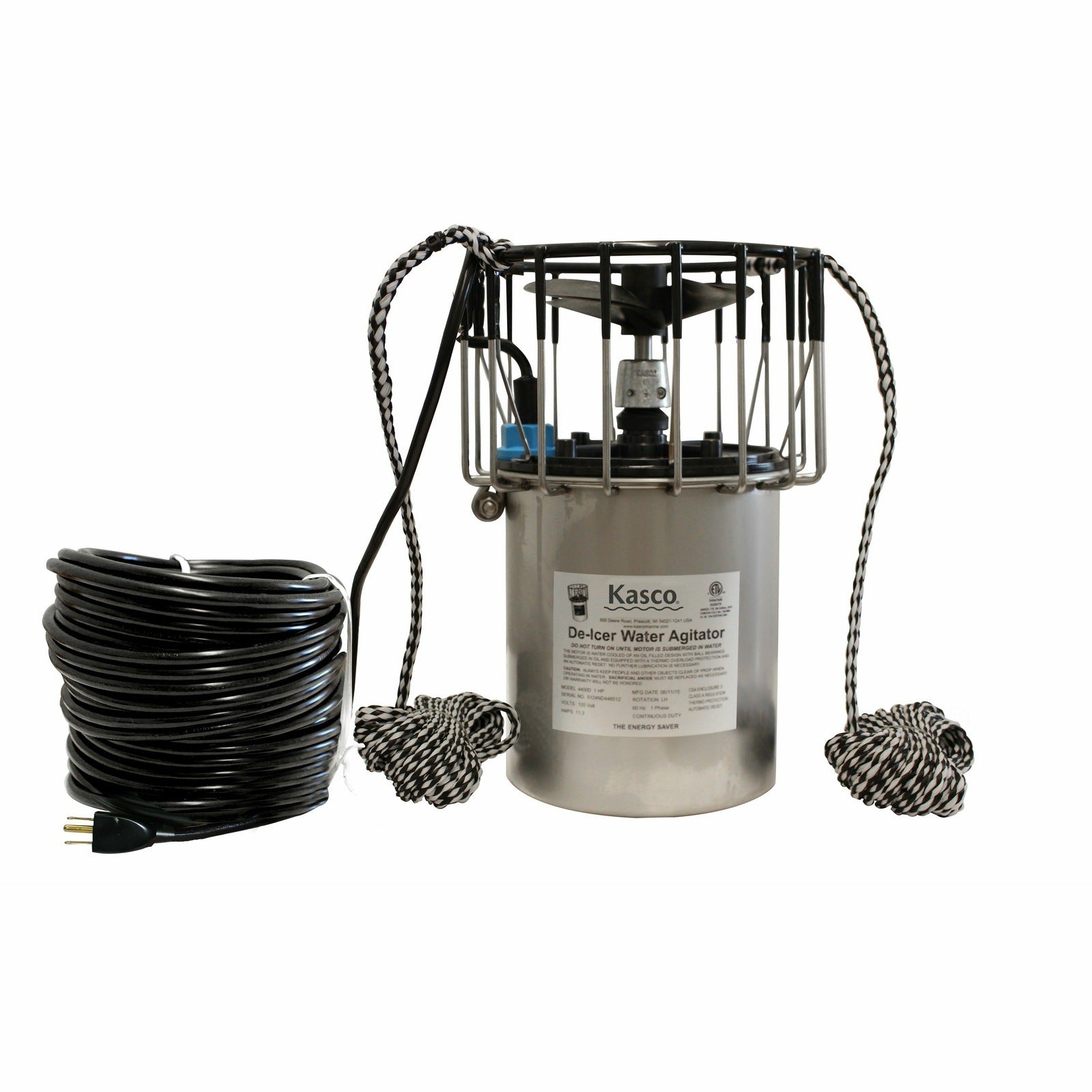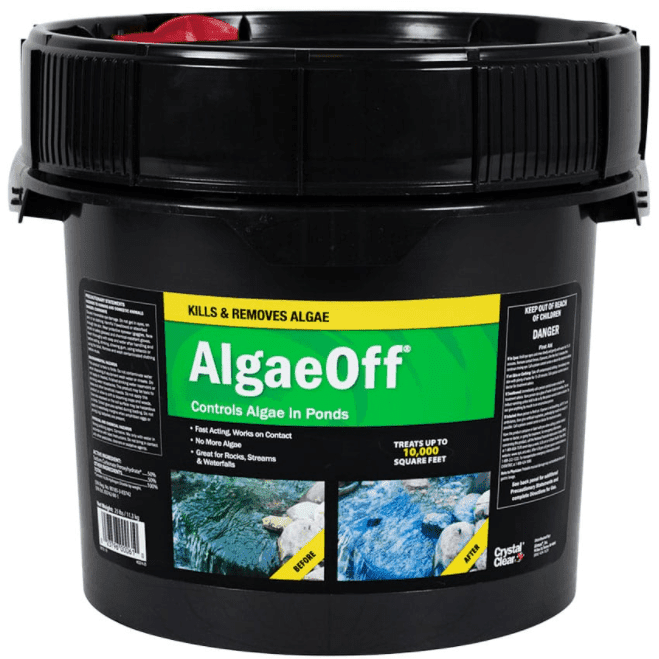Keeping a koi pond can be immensely rewarding, offering a beautiful addition to any garden. However, koi ponds require consistent maintenance to ensure the health of the fish and the overall ecosystem. Here’s your comprehensive guide in the form of 12 tips to koi pond upkeep, ensuring it remains healthy and lively year-round.
1: Start From Installation
A successful koi pond begins with proper installation. Ensure your pond is deep enough (at least 3 feet) to provide a safe habitat for your koi, protecting them from predators and extreme temperatures. Here are some other key considerations:
- Size Matters: Ensure your pond is large enough for the number of koi you plan to keep. Overcrowding leads to stress and health problems.
- Location: Choose a spot that receives partial shade to prevent excessive algae growth. Avoid areas with falling leaves or debris.
- Liners are Lifesavers: Invest in a high-quality pond liner to prevent leaks and ensure water retention.
2: Avoid Overfeeding the Fish
Overfeeding can lead to poor water quality, algae growth, and even fish death. Here's how to feed your koi:
- Quality Food: Choose high-quality koi food formulated for their specific needs.
- Feed Wisely: Feed them only 2-3 times a day, and only what they can consume within 5 minutes. Observe their feeding behavior to adjust the amount.
- Variety is Key: Supplement their diet with occasional treats like chopped vegetables (blanched zucchini, peas).
3: Keep the Pond Clean
Leaves, twigs, and other debris can decompose in the water, releasing harmful toxins. Here's how to stay ahead:
- Net it Out: Regularly use a skimmer or net to remove this material, keeping the water clean and clear.
- Bottom Line: Use a pond vacuum to remove settled debris from the bottom of the pond.
During autumn, increase the frequency of leaf removal to prevent them from decomposing in the water.
4: Test the Water:
Regular water testing is crucial to detect imbalances early. Check the pH, ammonia, nitrite, and nitrate levels weekly. Keeping these parameters within the recommended ranges is vital for the health of your koi.
5: Keep the Water Fresh:
Stagnant water can become damaging to your koi. Here's how to ensure proper water circulation:
- Pump it Up: Invest in a good quality pond pump that circulates and aerates the water.
- Water Changes: Perform regular water changes, typically 10-25% of the pond volume every 2-4 weeks.
- Beware of Evaporation: Especially in hot weather, top off the pond with conditioned tap water to maintain water level.
6: Add Beneficial Bacteria:
Beneficial bacteria help break down waste products and maintain a healthy ecosystem in your pond.
- Introduce Bacteria Boosters: Add commercially available beneficial bacteria cultures regularly.
- Maintain a Healthy Balance: Aeration and good water quality are essential for optimal bacterial growth.
Adding them regularly helps maintain a healthy nitrogen cycle, preventing toxic buildup. You can find these bacteria in liquid or powder from protopond
7: Checking and Cleaning Filters:
Your filter is the heart of your pond, removing waste products and keeping the water clean. Here's how to ensure it functions optimally:
- Regular Checkups: Inspect your filter media weekly and clean it as needed when clogged with debris.
- Cleaning Method Matters: Don't rinse your filter media with tap water, as it can kill beneficial bacteria. Use pond water instead.
- Different Filters, Different Needs: Follow the specific cleaning instructions for your filter type.
8: Check the Water Pump Regularly
A malfunctioning pump can lead to stagnant water and decreased oxygen levels. Here's how to prevent problems:
- Schedule Checkups: Regularly inspect your pump for debris build-up or wear and tear.
- Clean and Maintain: Clean the pump impeller as needed and follow manufacturer's recommendations for koi carp pond maintenance.
- Listen Up: Pay attention to unusual sounds from your pump, which may indicate a problem.
9: Keep Pond Plants Under Control
Plants are essential for a healthy koi pond, but they need to be managed:
- Choose aquatic plants suitable for your pond size and climate.
- Maintain a balance between plant life and open water to ensure sufficient oxygen levels for your fish.
- Regularly trim overgrown
10: Take Care of Aquatic Design
When caring for a koi pond water, it's essential to consider not only its aesthetic appeal but also its ecological harmony. The design of your pond plays a crucial role in maintaining this balance. Ensure your pond incorporates areas of shade and sunlight to support diverse flora and fauna. Additionally, consider incorporating aeration devices to boost oxygen levels, particularly if your pond houses a significant number of fish or lacks substantial plant coverage.
Adjust your maintenance routine to accommodate seasonal changes. For instance, in autumn, you may need to increase debris removal to handle falling leaves. In winter, ensure your pond doesn’t freeze over completely to allow gas exchange.
12: Go for a professional cleaning once a year
Even with diligent care, it’s wise to have a professional clean and inspect your pond annually. They can deep clean areas that are hard to reach, check the health of your koi, and ensure your equipment is functioning correctly.
Maintaining a koi pond is a rewarding challenge that requires attention to detail and regular care. By following these guidelines, you'll create a thriving ecosystem that brings joy and tranquility to your outdoor space. Remember, each pond is unique, so tailor your maintenance routine to suit your specific conditions and the needs of your koi.














4 comments
Peter Maxwell
Keeping the water in my pond clean and doing routine maintenance are essential to keeping the Koi fish healthy. I can obtain the materials I need to perform routine and appropriate pond care because of https://purelyponds.com/maintenance/.
Pond Sealer
Very informative pond maintenance blog. Thanks for sharing. If you find a leak use Pond Pro 2000.It’s the only liquid butyl rubber in the world. It’s also recommended to fix leaks on EPDM membranes, acrylics, fiberglass, concrete, reflecting fountains, concrete ponds. It’s the only pond sealer in the market that has more than 30 years of history of success and offers a 10-year warranty to its valued customers.
Don Davies
Professional upkeep is necessary for my koi pond, and it’s a labor-intensive process. My gardens and ponds are constantly spotless and appear brand new thanks to https://purelyponds.com/maintenance!
Peter Maxwell
My koi pond requires professional maintenance, which is a labor-intensive operation. Thanks to https://purelyponds.com/maintenance/, my ponds are kept in like-new shape and my grounds are always pristine!